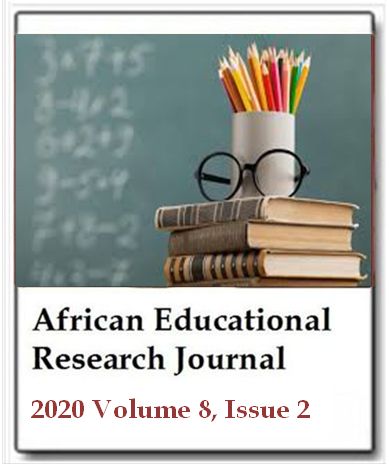Digital content in graduate level in Turkey: A content analysis of twenty years
Muhammet Özcan and Serdar YavuzAfrican Educational Research Journal
Published: May 15 2020
Volume 8, Issue 2
Pages 201-209
DOI: https://doi.org/10.30918/AERJ.82.20.044
Abstract
The aim of this study is to examine graduate level theses that focus on digital content and completed between 1989 and 2019 in Turkey. Examination of the theses with the specified categories will show us their purpose and scope and which result has been achieved. We believe that this study will shed light on researchers to show how the trends emerged in terms of educational digital content. In order to identify the theses, the Dissertation Database of Turkish Council of Higher Education was searched by using digital content, digital material, digital story, and animation as keywords. As a result of the search, 150 studies were identified. Among them, 15 studies were dropped out due to their irrelevance, which left 135 theses for evaluation. For data analysis, descriptive content analysis method and categorical analysis technique were employed. The theses were reviewed based on publication year, institute, university type, subject, research method, research design, participants, data collection tools, and target audience. The descriptive results were provided in tables. Theses on digital content started to gain intensity mainly in 2000s and these studies were mostly carried out in the field of engineering and fine arts. After 2010, more research with the focus on digital content and animations was conducted in the field of education. The results revealed that most of them completed for master’s programs at the educational sciences institutes between 2013 and 2019. In the field of Turkish education, similar studies, specifically on digital stories, were conducted after 2015. As a result, this study sheds light on graduate students in terms of the gap in the literature regarding digital content.
Keywords: Digital materials, digital story, animation, digital content.
Full Text PDFThis article is published under the terms of the Creative Commons Attribution License 4.0

